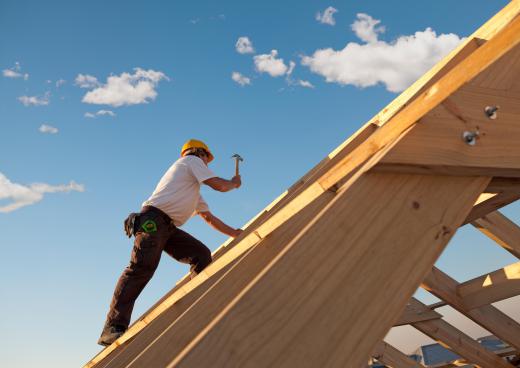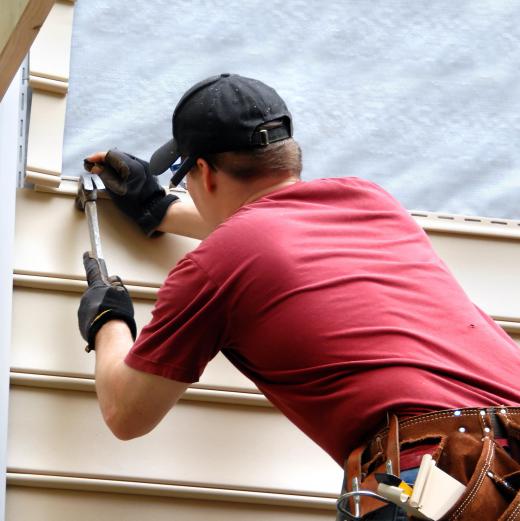Whether you're buying a home or repairing your existing roof, knowing a bit about roof pitch is important. Most roofing contractors base the price of any roofing working upon the pitch of a roof. In addition, some contractors will not work on roofs that have a steep pitch, since steeply pitched roofs can be dangerous for a roofer.
While these numbers may vary from area to area, a roof pitch that has a gradient of more than 15 degrees is generally considered a steep roof. The problem with a steep roof is that all objects must be securely anchored to this type of roof before any work can be completed. Thus, this type of work requires additional precautions. If you own a home with a steep roof, then you can expect to pay more for any roof repairs.

Even though your roof pitch determines the price of any roofing work, homes should not be disregarded solely based upon a steep roof. In fact, homes that have steeper roofs often have many benefits. Shingles that are placed on steeper roofs tend to last longer, and roofs with a large pitch can also be aesthetically appealing. In addition, homes that have flat roofs do not fair well in wet or humid weather, as they can allow water or moisture to gather. For these reasons, any person who may be in the market for a home might want to consider a roof with a steep pitch.

The main purpose of any roof is to repel water by redirecting it towards the ground. If a home does not have enough of a roof pitch, then water cannot be effectively removed from a roof's surface. This is why homes with flat roofs are generally found in warm weather climates, while homes with steeply pitched roofs are frequently built in colder climates. Some cities have specific guidelines in place regarding the construction of new roofs. Montreal, Canada, and Buffalo, New York, are two cities that will not allow homeowners to build homes with flat roofs.

Knowing what your roof pitch is will help you to determine the cost of any roof repairs, and any potential moisture problems that you may face. If you intend to repair a steeply pitched roof on your own, make sure to wear proper safety equipment. Many homeowners are injured each year when falling off of a rooftop. In most instances, paying a professional roofer to repair your roof is well worth the money.
